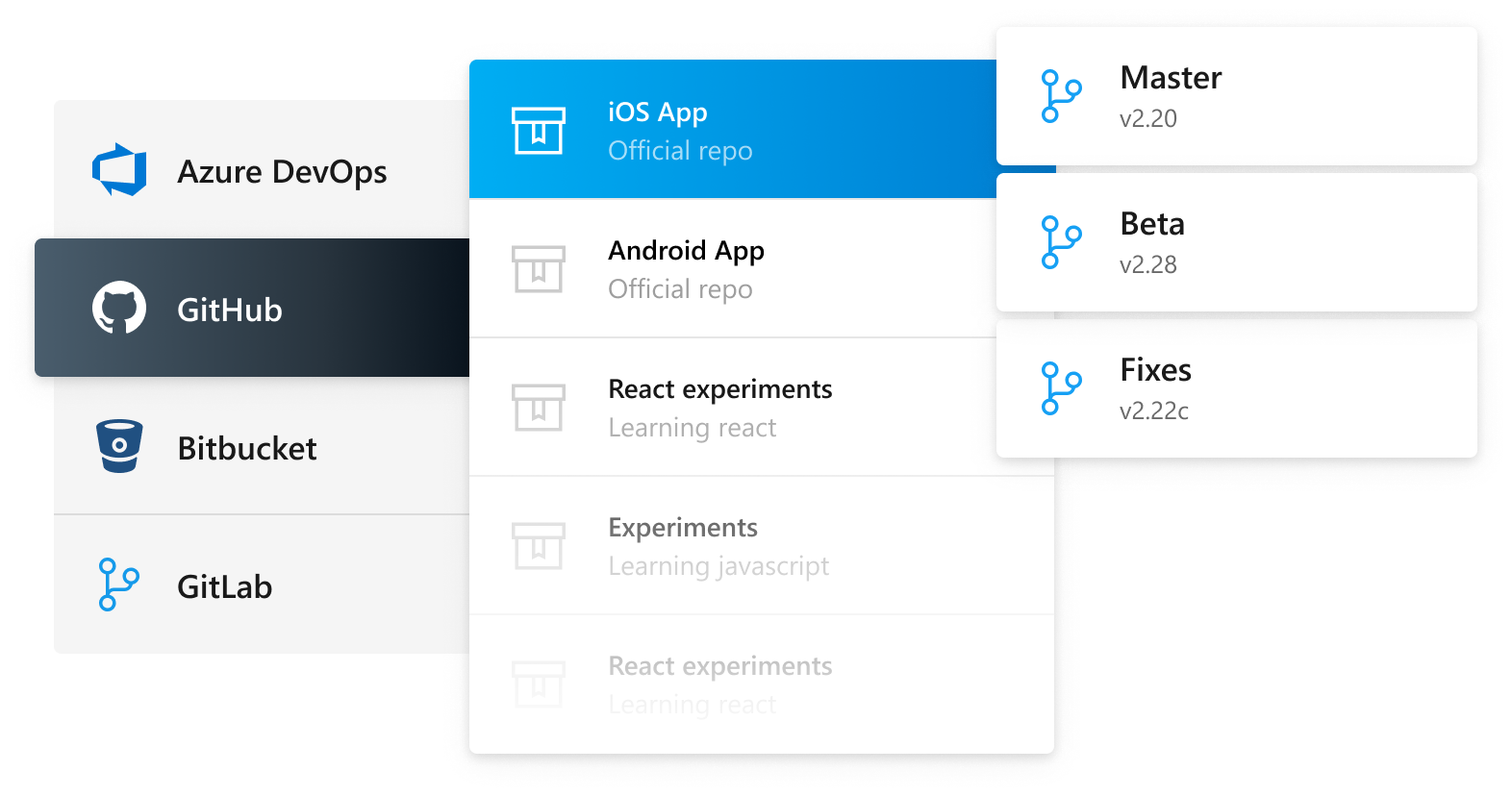

- CHANGING UNITY CLOUD BUILD REPO HOW TO
- CHANGING UNITY CLOUD BUILD REPO 64 BIT
- CHANGING UNITY CLOUD BUILD REPO UPDATE
- CHANGING UNITY CLOUD BUILD REPO FREE
The last entry of the log file is “cleanup mono”. Sometimes, Unity will hang at the end of a standalone build. Unity hangs on ‘Cleanup Mono’ after build (Unsolved) Instead we run an extra script in our C# build script to manually change the burst settings json file, just before building. Supposedly you can disable burst with the -burst-disable-compilation Unity flag. We run all of our builds in Linux, but the new Burst compiler doesn’t cross compile. Pass the argument -disable-assembly-updater to unity. For a CI service, it’s better to just fail the build and alert the user. This can block a build if it hits something.
CHANGING UNITY CLOUD BUILD REPO UPDATE
On our system, /dev/stdout was only permissioned for write.īy default Unity runs the assembly updater, which tries to update out-of-date code and assemblies. Unity must be able to open the logfile as write/read. AZP agents are not root users, so instead we setup a unix pipe, and run Unity in the background with &: If you’re running the build as root user, you can simply pass -logFile /dev/stdout. It may have been deprecated as of 2019.3. This hasn’t ever worked for us, and we’re not sure why. Supposedly, you can pass the argument -logFile with no logfile specified and Unity will output the logfile to stdout. Getting Unity to log output to stdout on Linux. As of 4/2020, using xvfb is still necessary when running our Unity tests. Note that in the past, this flag did not work on Linux before 2019.3, and we had to use xvfb-run -auto-servernum -server-args='-screen 0 640x480x24' $UNITY_EXE as a workaround, which runs the editor with a fake display. You must pass -nographics to Unity to avoid hitting issues on headless servers.

This is just a limitation of Mono, which we use to avoid IL2CPP build times (for quick debug builds).
CHANGING UNITY CLOUD BUILD REPO 64 BIT
Mono doesn’t support building a standalone player on 64 bit ARM. There are a lot of gotchas, however with this process: Unity Build Quirks: With these systems setup, we execute a fairly simple pipeline, invoking the Unity editor from the command line. We’ve found that a high-end personal machine will often beat out some of the beefiest cloud instances. They do offer better multi-threaded performance, which is only useful for parts of the Unity import process and shader compilation. As a note, the “High CPU” instances on GCP are not actually faster for single-threaded performance. Unity importing is largely dependent on disk speed and CPU performance, so the more cores you can afford, the better.
CHANGING UNITY CLOUD BUILD REPO FREE
Power costs money! A personal server isn’t free - power costs can be quite high if you’re not careful. This keeps us closer to a clean slate for our builds. We can swap disks / images / wipe the whole machine in minutes. We’re a remote company and having a reliable instance in the cloud is a big plus.Įasier upgrades. Things break, machines don’t connect, etc.

A cloud instance is nice, however, because: An easy secondary option is just to set up a build machine at home. We had a bunch of GCP credits sitting around from an old venture, and it was a good way to make use of them. We use a GCP instance setup with a Local SSD to run our builds. The machines they run on are also quite weak. Azure agents, like other CI services, are limited to roughly 10gb of disk space - nowhere near enough for a Unity project. Azure additionally had a plentiful free tier for getting started.Īs for the build agents themselves, you can get away with using the hosted agents, but you’ll need self-hosting for any meaningful performance. NET support (Unity) and that it had a reliable backend from a large company. Azure is not particularly special, but we chose it primarily because of the strong.

CHANGING UNITY CLOUD BUILD REPO HOW TO
You don’t have to figure out how to run a Jenkins instance securely on the public web - it just works. Why Azure and Google Cloud?Ī CI like Azure means that all of our build artifacts and logs are easily accessible on the web. It’s not a common tool in the game development sphere, but is incredibly useful. If you’re not familiar with docker, I’d suggest reading a bit about it. This means we can load a clean machine for every build, essentially for free. It uses clever caching to “boot” a new machine environment in just seconds, even if the docker image is many Gb of data. You can very quickly boot up a different cloud instance if you need extra build capacity, or you want to try out a more powerful machine. You can simply boot up and exact replica of the build machine on your local computer to debug. If your change works on the build server, then it’s a local issue, end of story.ĭocker makes it incredibly easy to debug issues. Docker gives us the peace of mind that our builds are clean. In the past I’ve maintained build servers that maintain state between builds, and inevitably these servers drift into a bad state. We use docker because it makes it easy, and very quick to boot up a clean environment for our builds.


 0 kommentar(er)
0 kommentar(er)
